
TODAY should have been spent visiting other people’s homes, not staying safe at home. Tomorrow too.
This is not a call for a foolhardy Trumpian dropping of the guard on Covid-19, but a forlorn wish that York Open Studios 2020 could have been just that: York Open Studios. Instead, this weekend and next weekend will be York Shut Studios.
Nevertheless, in the absence of the opportunity to meet 144 artists at 100 locations, banished by the Coronavirus lockdown, CharlesHutchPress is determinedly championing the creativity of York’s artists and makers, who would have been showcasing their ceramics, collage, digital, illustration, jewellery, mixed media, painting, print, photography, sculpture and textiles skills.
Each day, in brochure order, five artists who now miss out on the exposure of Open Studios are being given a pen portrait on these pages, because so much art and craft will have been created for the event and still needs a new home. Home and studio addresses will not be included at this time.
Meanwhile, York Open Studios artists are finding their own way to respond to the shutdown by filling their windows with their work instead. Look for #openwindowsyork2020 to locate them. “If you see one in your area while taking your daily exercise, take a picture and let us know,” they say.
Furthermore, look out for plenty of the 144 artists still showcasing their work over the York Open Studios period online. Holtby studio painter Kate Pettitt, for example, is penning a daily blog at facebook.com/katepettittartist/. “Visit the YOS website and take your own virtual tour at yorkopenstudios.co.uk,” she advises.
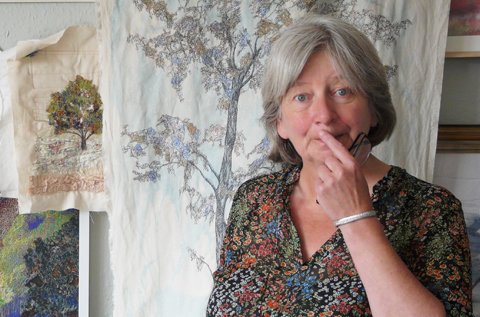
Fran Brammer, textiles
FRAN left behind Worcestershire for Yorkshire to teach art and design, then textiles, until succumbing to the allure of a historical costume-making course.
She now works as a textile artist and tutor, specialising in personal landscapes “drawn” using freehand machine stitching that she produces for sale, exhibitions or private commissions.
“My work is created by building, then cutting away layers of found fabrics and stitching,” says Fran. “The images explore individual experiences and histories both large and small.”
In her teaching capacity, she hosts workshops, demonstrations and talks focusing on freehand machine work and creative textiles.
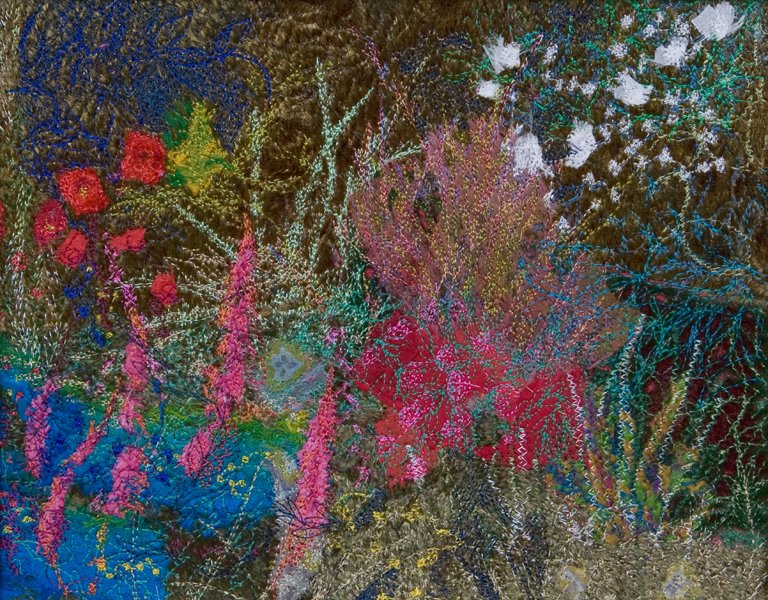
Fran, a founder member of York Textile Artists, writes on her latest blog: “If you are a bored creative, feeling a bit isolated and frustrated, try out the York Textile Artists public Facebook page.
“We are planning to post challenges and projects for you to get involved with, some as daft as a brush, others more proper and ‘textiley’. If you don’t do Facebook, go on to our website, yorktextileartists.com, and sign up for newsletter. We have plans.”
As for how Fran’s artwork is responding to the Coronavirus shutdown, she writes: “All of the current pieces are tied to opportunities lost due to social distancing…so time to start anew and work with the restrictions.
“This has no deadline, no purpose or goal, it just is. It is about being in the landscape, about being alone with that landscape and how perception shifts, given time and space. Interpretation and response rather than fact.” Read more at franbramm.wordpress.com.
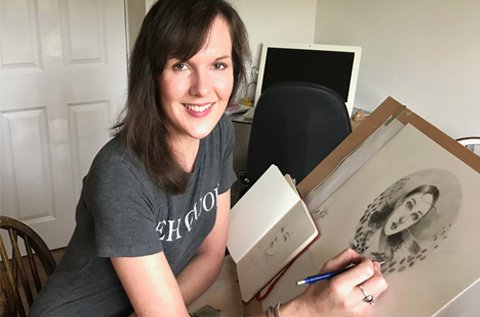
Geraldine Bilbrough, illustration
INSPIRED by music, film, stories and human emotions, using pencil and sometimes watercolour, before re-touching digitally, Geraldine tries to capture beauty and feeling within her thought-provoking images.
This York illustrator and designer has been drawing all her life and considers art her biggest passion, creating detailed illustrations, often based around portraiture with an occasional hint of fantasy.
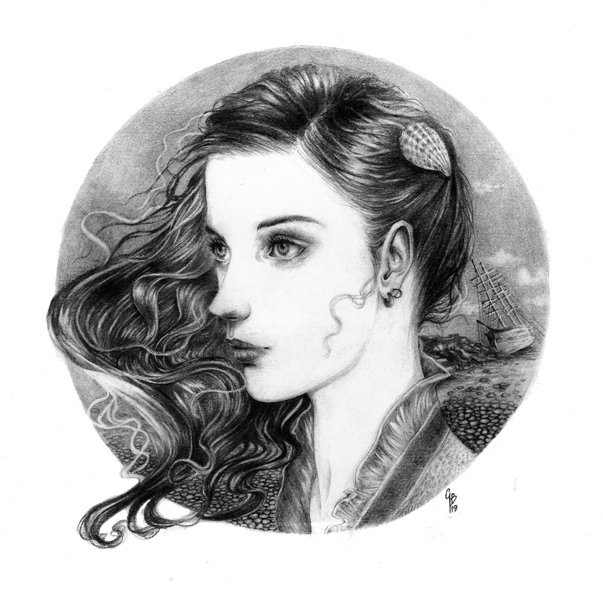
“I enjoy nothing more than finding inspiration for new work and discussing ideas with other creatives,” her website profile says. “When I’m not drawing, I love to travel and explore new places, eat my way around cafés and restaurants, visit art galleries and learn French.” Learning French will have to hold sway for now, but roll on a return to those other joys, Geraldine, whenever that day may come.
2020 would have marked her York Open Studios debut. Cast an eye over geraldinebilbrough.com.
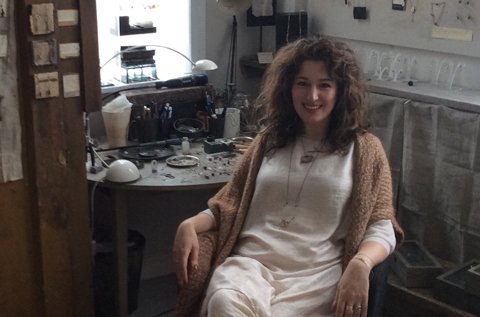
Ruth Claydon, jewellery
HOW would Ruth Claydon sum up her jewellery? “Old, found, turned around,” she says, picking the title Moth And Magpie for her brand of re-purposed cast-offs mixed with ancient treasures, in acknowledgement of how her instincts match both.
“My ideal Magpie-upcycler scenario is discovering a vintage or antique piece of jewellery and taking it back to my studio whilst I’m still giddy with excitement to create new jewellery from it straight away,” she says on her mothandmagpie.com blog.
Sharp-eyed Ruth sees the potential in re-working cast-off old jewellery, making a virtue of the unwanted by merging it with heirlooms and ancient finds such as salvaged Roman glass beads and metals. In doing so, she makes old into new, modern designs, enhanced by techniques such as hammering, melting and enamelling.
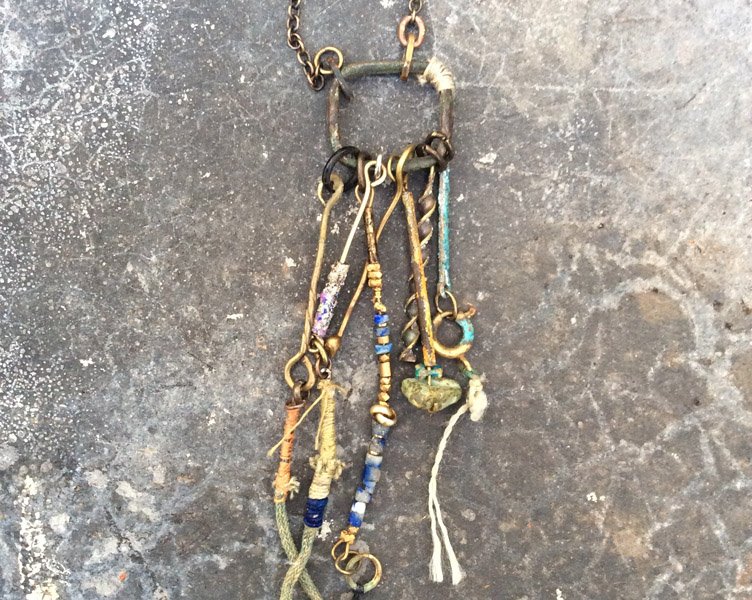
“Because the thing about jewellery is that it’s never practical,” her blog contends. “It’s not about what will ‘do’. You absolutely have to love it. It’s emotional. It’s the icing on the cake. It’s as personal as perfume. It’s about how it looks, but even more it’s about how it makes you feel.”
A light carbon footprint sparks joy for Ruth. “Because I want to wear things that have also made other women feel special,” she says. “Because I want to create value from individuality, exclusivity from design, and if an Elizabeth Taylor diamond winks at me across a room, I can twinkle right back knowing that pinning down my glamour is as complex as the history entwined in the piece I am wearing.”
Find out more at mothandmagpie.com.
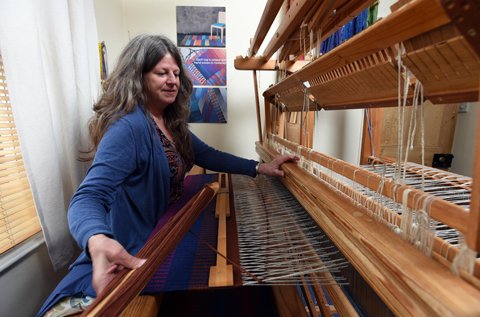
Jacqueline James, textiles
JACQUELINE creates one-of-a-kind, custom-dyed, hand-woven rugs and wall hangings, mainly contemporary in style, using natural and durable materials in geometric patterns and stripe rhythms.
Born in Dumfries, Scotland, she grew up in the Pacific Northwest, USA, before moving to York in 1982. From 1985 to 1988, she studied woven textile design and construction at Harrogate College of Art and Technology, where she focused on rug weaving.
In 1989, Jacqueline established her weaving studio in York, since when her textile work for commission and exhibition has blended traditional techniques with contemporary design style.
“Everything is made by hand on my large and sturdy Swedish floor loom,” she says. “Inspiration for new designs comes from everywhere, especially all the colours and patterns I see in nature, landscapes and architecture.”
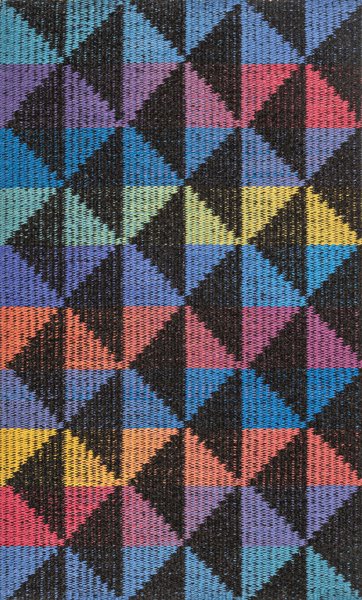
Jacqueline’s work is in public and private collections in Britain and North America and her major commissions include weaving for York Minster, Westminster Abbey and the British Library. “I particularly enjoy designing and weaving bespoke commissioned work from private clients, interior designers, architects and places of worship,” she says.
“For me, weaving is a lifestyle occupation which gives me a great sense of purpose. I adore the tactile qualities and the rich colours of the threads I use and find the action of weaving very engaging.
“Rug weaving is the perfect vehicle for my visual interpretation and expression. As a rug weaver, I feel privileged being part of the international weaving community and continuing an important heritage craft tradition.” Discover more at handwovenrugs.co.uk.
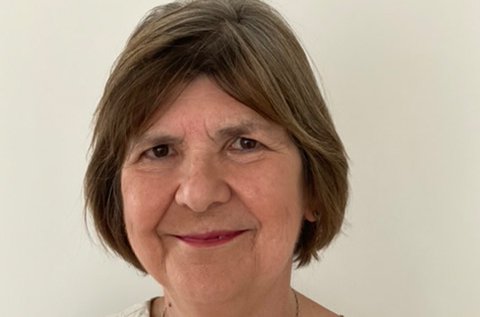
Jean Drysdale, textiles
JEAN has worked in felt textiles since leaving modern language teaching in 2007.
“I was drawn firstly by the apparent simplicity of a process that produces wonderful results,” she says. “Then I looked further, researching the great history, breadth and the depth of the felt-making tradition.”
In 2011, she completed a City and Guilds course and since then she has developed her felt-making process to create highly textured sculptural objects, wall pieces and items to wear.
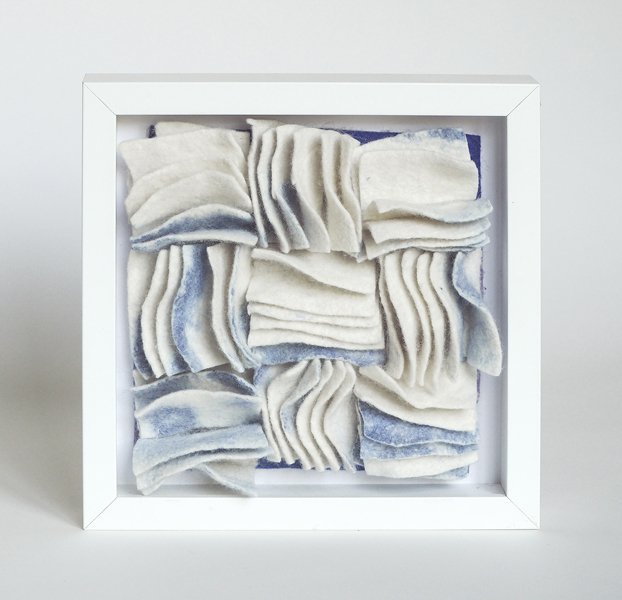
“Now I delight in achieving a contemporary result through use of wide-ranging and ever-evolving techniques,” says Jean. “I work with unspun sheep’s wool fibre, ranging from British and European rare breeds to fine Australian merino. The felting process bonds the wool with silks and other natural fibres.”
She likes to explore texture, form and colour. “I use traditional and contemporary wet-felting and hand-dyeing techniques and enjoy contrasting colours which migrate and transform during the process,” says Jean, who has exhibited in York, Leeds, North Yorkshire and Scotland, including at Helmsley Arts Centre and Kunsthuis Gallery at The Dutch House, Crayke. More info at jdrysdalefelt.co.uk.
TOMORROW: Harriet McKenzie; Harriette Rymer; Steve Williams; Sam Jones and Gerard Hobson.
